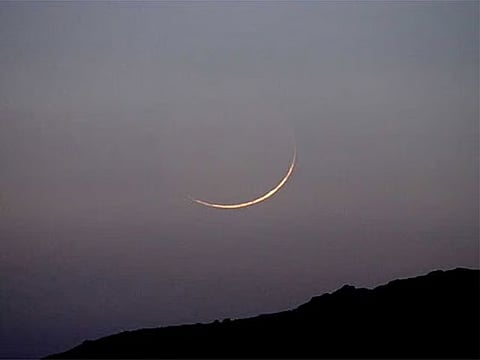Why sighting of Dhu Al Hijjah crescent moon matters to Muslims worldwide
In Islam, the lunar calendar is used to determine the timing of religious events

Dubai: As the Islamic lunar calendar nears its final chapter, Muslims around the world turn their eyes to the night sky in search of the new crescent—the moon that signals the beginning of Dhu Al Hijjah, the 12th and final month of the Islamic year. This is not just the start of a new month—it heralds one of the most sacred periods in the Islamic calendar, marking the annual pilgrimage to Mecca, and culminating in Eid Al Adha, the festival of sacrifice.
In Islam, the lunar calendar is used to determine the timing of religious events and rituals. It consists of 12 months, each beginning with the sighting of the new crescent moon. Because it is based on the moon’s cycle, the Islamic calendar is approximately 11 days shorter than the solar Gregorian calendar, causing Islamic months—and events like Hajj and Ramadan—to shift each year.
Dhu Al Hijjah is especially significant because it includes the first 10 days, considered among the most blessed days in Islam. These days are marked by spiritual reflection, acts of charity, and devotion. For pilgrims, it is the time to perform Hajj, a religious obligation for all able Muslims at least once in their lifetime. For others, it is a time of prayer, fasting, and sacrifice.
The 9th day of Dhu Al Hijjah is Arafat Day, when pilgrims gather on the plains of Mount Arafat in a key ritual of Hajj. The following day, the 10th of Dhu Al Hijjah, marks Eid Al Adha, celebrated by Muslims worldwide to honour the Prophet Ibrahim’s (Abraham’s) willingness to sacrifice his son in obedience to God. Families commemorate the occasion by sacrificing an animal and distributing the meat to those in need.
Therefore, the sighting of the crescent moon of Dhu Al Hijjah is more than just a ritual—it’s a gateway to a deeply spiritual time that unites the Muslim world in worship, remembrance, and sacrifice.
Sign up for the Daily Briefing
Get the latest news and updates straight to your inbox


